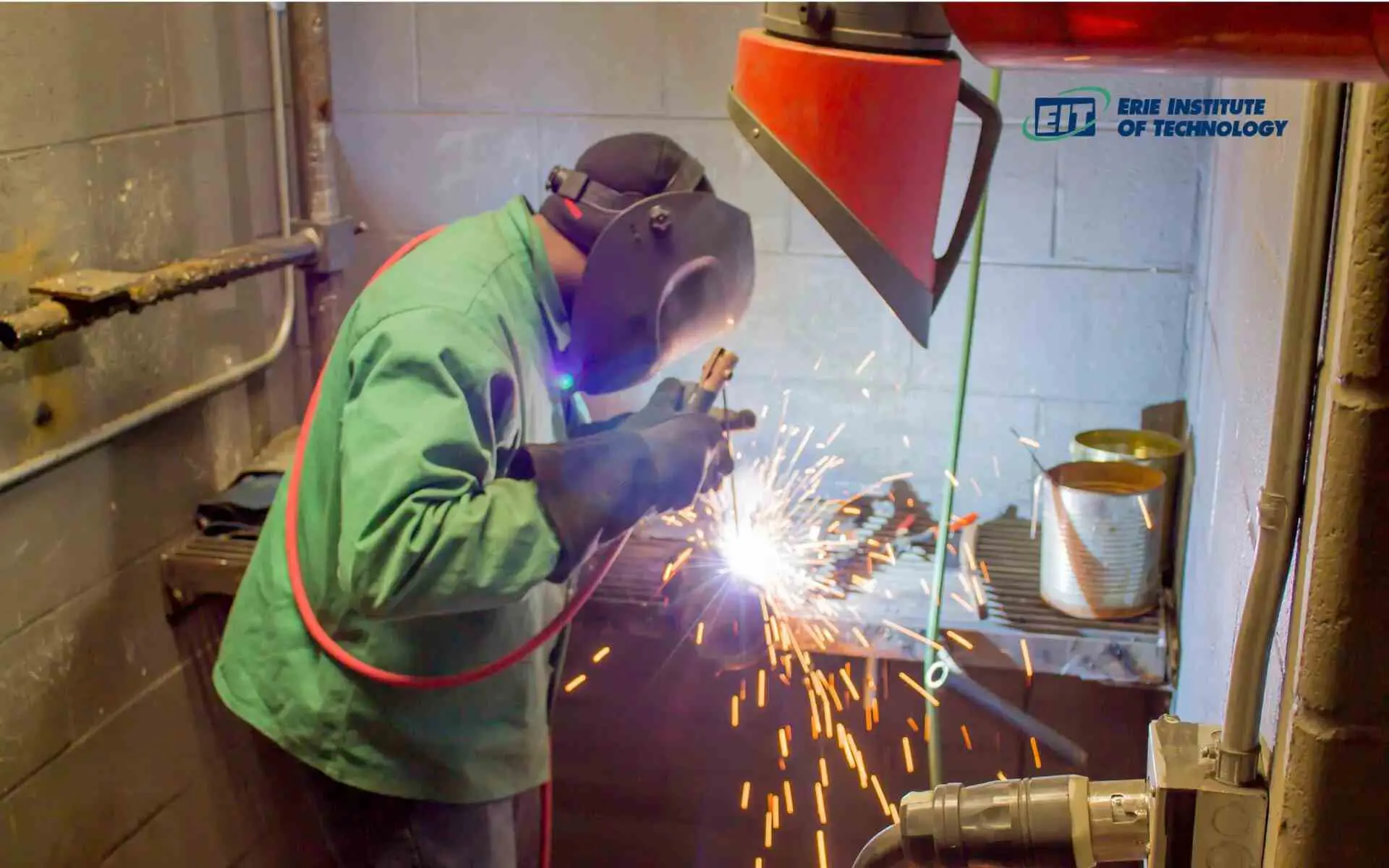Understanding Welding WPS Criteria: Finest Practices and Techniques for High Quality Welds
In the realm of welding, mastering Welding Procedure Requirements (WPS) standards is an essential component that directly affects the high quality and integrity of welds. As we navigate through the complexities of welding WPS criteria, uncovering crucial understandings and approaches for accomplishing top-tier welds will certainly be paramount for welders looking for to stand out in their craft and generate welds that stand the examination of time.
Comprehending Welding WPS Standards

Assessors rely on WPS documentation to validate that welding procedures are being complied with correctly and that the resulting welds are of high top quality. Engineers make use of WPS requirements to design welding treatments that make sure the sturdiness and reliability of welded structures.


Crucial Devices for Quality Welds
Grasping welding WPS standards is important for welders to efficiently utilize the crucial devices required for producing quality welds. The type of welding maker needed depends on the welding process being made use of, such as MIG, TIG, or stick welding. Wire brushes and damaging hammers are vital for cleaning the weld joint prior to and after welding to eliminate any impurities that can affect the high quality of the weld.
Key Techniques for Welding Success
To attain welding success, one have to master the essential methods necessary for creating high-grade welds. Keeping a steady hand and a steady welding position throughout the process is key to accomplishing accuracy and consistency in the welds. By mastering these vital strategies, welders can elevate the quality of their job and achieve welding success.
Ensuring Conformity With WPS Standards

Additionally, welders should go through training to acquaint themselves with the WPS requirements appropriate to their job. Normal audits and inspections need to be carried out to verify that welding activities straighten with the recommended WPS guidelines. Additionally, maintaining comprehensive documents of welding parameters, tools calibration, and assessment outcomes is vital for showing conformity with WPS standards - welding WPS. By carefully adhering to WPS requirements, welders can guarantee that their work fulfills the needed top quality degrees and adds to the general success of the welding job.
Troubleshooting Common Welding Issues
When confronted with common welding concerns, determining the source is critical for efficient troubleshooting. One prevalent trouble is the existence of porosity in welds, commonly brought on by contaminants such as oil, image source moisture, or corrosion. To resolve this, making certain proper cleaning of the base metal prior to welding and utilizing the correct securing gas can substantially lower porosity. Another issue frequently experienced is lack of blend, where the weld fails to effectively bond with the base material. This can originate from inadequate warm input or incorrect welding method. Readjusting criteria such as review voltage, cord feed rate, or take a trip speed can assist boost combination. In addition, distortion, breaking, and spatter are usual welding difficulties that can be minimized through appropriate joint preparation, consistent warmth control, and choosing the appropriate welding consumables. By thoroughly understanding these common welding concerns and their origin, welders can properly troubleshoot issues and attain premium welds.
Conclusion
Finally, mastering welding WPS standards requires an extensive understanding of the guidelines, using important devices, and implementing crucial techniques for effective welds. Making certain conformity with WPS criteria is important for producing high quality welds and preventing common welding issues. By adhering to finest techniques and practices, welders can attain regular and trusted cause their welding projects.
In the world of welding, understanding Welding Procedure Specification (WPS) requirements is a critical component that straight affects the quality and click for more stability of welds.When delving right into the world of welding methods, an essential aspect to comprehend is the value and details of Welding Treatment Spec (WPS) standards. WPS criteria supply a comprehensive standard for welding procedures, guaranteeing consistency, top quality, and security in the welding procedure. The kind of welding maker needed depends on the welding process being used, such as MIG, TIG, or stick welding.Achieving welding success through the mastery of crucial strategies demands a thorough understanding and adherence to Welding Treatment Requirements (WPS) criteria.
Comments on “Welding WPS Explained: Key Components and Benefits for Your Welding Processes”